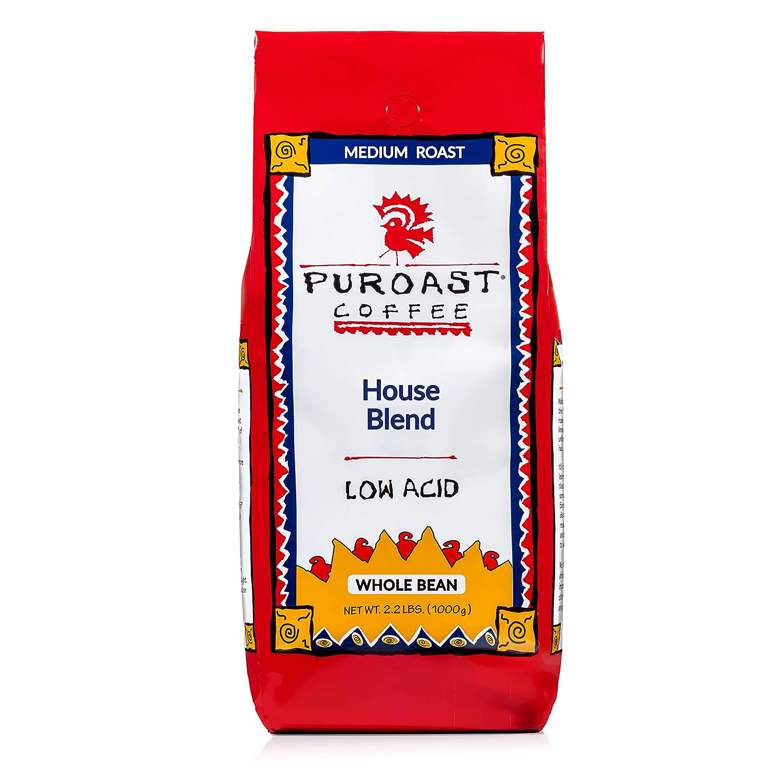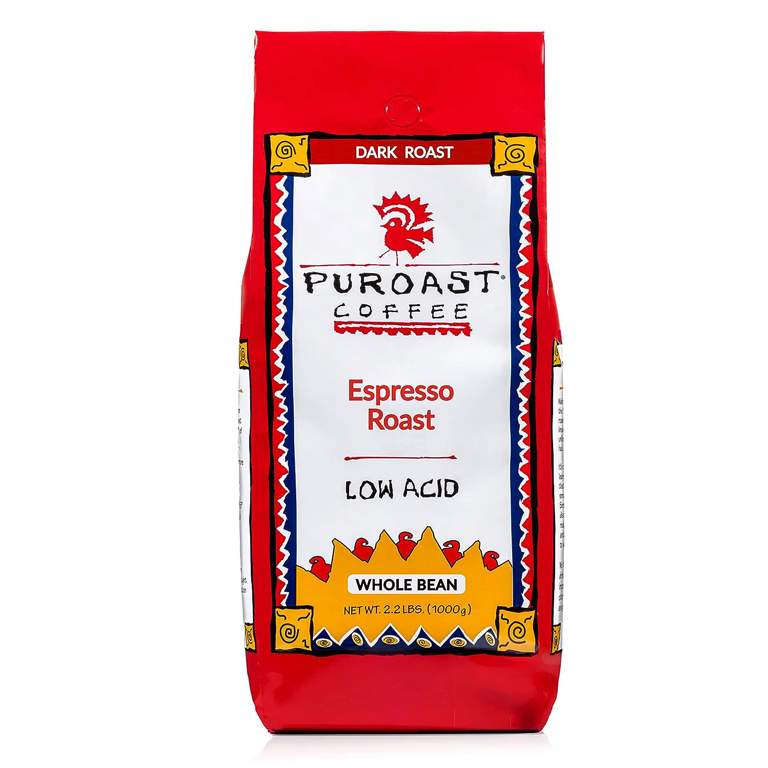The Importance of Clean Equipment for Brewing Coffee
Maintaining clean coffee brewing equipment is crucial to the taste and quality of your coffee. Residual oils and grounds from previous brews can impart unwanted flavors into your cup, detracting from the pure taste of freshly ground beans. Regular cleaning ensures that each batch starts fresh, allowing you to fully appreciate the nuanced flavors of different roasts and origins without contamination.
For manual brewers like French presses or pour-overs, disassemble all parts where coffee grounds could hide after each use. For automatic machines, follow manufacturer guidelines for cleaning cycles which often include special solutions to descale and remove buildup within internal components.
Filters also require attention; paper filters should be disposed of after one use while metal or cloth ones need thorough rinsing to remove all trapped oils and fine particles. This practice not only improves flavor but extends the life of your brewing equipment by preventing clogs and corrosion caused by old coffee residue.
Choosing the Right Beans for Your Perfect Cup of Coffee
The foundation of a remarkable cup of coffee is selecting high-quality beans. The origin of the beans influences their flavor profile; for example, Ethiopian coffees are often noted for their floral and fruity characteristics, while Colombian coffee generally offers a more balanced and mild flavor. It's crucial to decide between single-origin or blended beans as well. Single-origin coffees provide distinct flavors unique to their specific growing region, whereas blends combine multiple origins to create a harmonious taste.
Bean variety also plays an essential role in your brewing journey. Arabica beans are widely regarded for their smooth, complex flavors and lower caffeine content compared to robusta beans, which are typically stronger and more bitter. When it comes to roasts, light roasts retain most of the bean's original character while dark roasts offer deeper, more intense flavors.
Grind texture must be tailored to your brewing method; coarse grinds suit French presses well while fine grinds are ideal for espresso machines. Remember that freshly ground coffee yields the best results—pre-ground coffee loses its nuances over time.
Experimentation with different roast levels can lead you closer to your personal preference—whether that means enjoying a lightly roasted Kenyan bean brewed in a pour-over or savoring a full-bodied dark roast from Brazil in your espresso machine.
The Art of Grinding Coffee: Finding the Perfect Grind Size
Grinding coffee is a critical step in brewing. The grind size affects how water flows through the coffee, which influences extraction levels and flavor. For espresso machines, a fine grind is essential to create the pressure needed for proper extraction. Conversely, French presses require a coarse grind to prevent grounds from slipping through the press filter and into your cup.
Burr grinders offer superior consistency compared to blade grinders. They produce uniform particles that ensure even extraction and balanced flavor. When using a burr grinder, adjust it according to your brewing method; finer grinds are suitable for espresso or Turkish coffee while coarser ones work best for cold brew or French press methods.
Experimentation with different grind sizes can lead to discovering your ideal cup of coffee. Pay attention to taste when trying new settings; if bitterness occurs, consider coarsening the grind slightly. If flavors seem weak or underdeveloped, try a finer setting.
Remember that grinding exposes more surface area of the bean to air, accelerating oxidation and diminishing freshness over time. Therefore, only grind what you need immediately before brewing.
Lastly, keep your grinder clean as old residues can impart unwanted flavors into your freshly ground coffee—regular maintenance ensures consistent quality in every cup.
Understanding the Variables: Water Temperature and Brewing Time
Water temperature plays a critical role in brewing coffee. The ideal range for extracting the best flavor is between 195°F to 205°F. If water is too cool, under-extraction occurs, leading to flat and underwhelming coffee. Conversely, overly hot water can cause over-extraction and impart a bitter taste.
Brewing time also affects the final cup of coffee. Different brewing methods require different contact times between the water and coffee grounds. For example, espresso has a very short brew time—about 20-30 seconds—while French press coffee may steep for four minutes or more.
Finding the right balance of temperature and time can be influenced by factors such as grind size, brewing method, and even altitude at which you are making your coffee since water boils at lower temperatures in higher elevations.
Experimentation with these variables will help refine your personal preference for strength and flavor profile. It's advisable to start with recommended guidelines for your chosen method before tweaking them to suit your taste.
Remember that consistency is key when adjusting variables; change one factor at a time while keeping others constant so you can isolate its effect on the taste of your brew.
Coffee Brewing FAQs
How do I choose the right coffee beans?
Choosing high-quality beans is crucial for a delicious cup of coffee. Factors influencing flavor include origin, bean variety, and roast type. Experiment with different roasts and origins to discover personal preferences.
How can I maintain the freshness of my coffee?
For optimal taste, purchase coffee soon after it's roasted and in small quantities. Proper storage is key to preserving freshness; avoid buying in bulk if possible.
Should I grind my own coffee beans?
Grinding whole beans close to brewing time using a burr grinder for uniformity is recommended. Blade grinders can result in uneven grind sizes affecting taste. Consider having beans ground at the store with a burr grinder for consistency.
How does grind size affect the taste of my coffee?
The grind size directly impacts extraction and thus the final taste of your coffee. Adjust grind size according to brewing method and desired flavor profile—finer grinds for espresso machines, coarser grinds for French presses.
How do I clean my coffee brewing equipment?
Regularly clean all equipment including grinders, filters, and coffee makers to prevent oil build-up that can alter the taste of your brew. Follow manufacturer guidelines for cleaning procedures specific to your devices.



